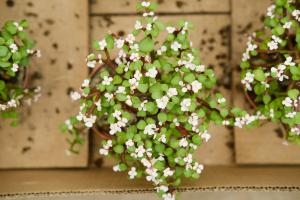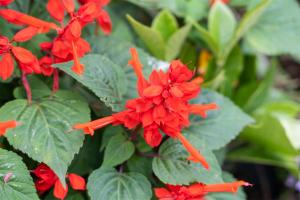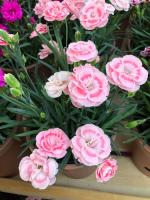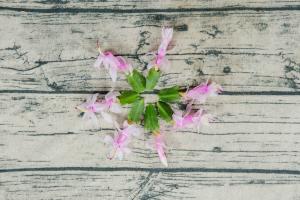Preparing for a Bountiful Fall Harvest: Choosing the Right Plants
Fall is just around the corner, and it's time to start thinking about what you want in your garden for the upcoming season. Picking the right plants for a fall harvest is crucial for a bountiful yield. Here are some plant options to consider:
Cool-Season Vegetables
Cool-season vegetables are an excellent choice for fall harvest. These plants thrive in cooler temperatures and can be planted directly in your garden or in containers. Some popular options include:
Broccoli - Broccoli can be planted in mid-summer to mature in the fall. It's a great source of Vitamin C and pairs well with many recipes.
Carrots - Carrots can be planted in late summer and take about 70 days to mature. They're a low-maintenance vegetable and can be stored for months.
Kale - Kale is a superfood that can withstand colder temperatures. It can be planted in late summer and harvested throughout the fall and winter.
Lettuce - Lettuce can be planted in late summer and harvested in the fall. It's a versatile plant that can be eaten raw or cooked in many dishes.
Fruit Trees and Bushes
Fruit trees and bushes are another way to add a flavorful touch to your fall harvest. These plants require a bit more planning, but the reward is worth the effort. Some ideas to consider are:
Apples - Apples can be harvested in the fall and have a long shelf life. They can be eaten raw or used in many recipes.
Pears - Pears also mature in the fall and can be stored for months. They're a sweet addition to any fruit salad or dessert.
Raspberries - Raspberries mature in the fall and can be eaten right off the bush or used in baking. They're a great source of Vitamin C and fiber.
Blueberries - Blueberries are late-season berries that can be harvested in the fall. These antioxidant-rich fruits are perfect for pies, smoothies, and breakfast dishes.
Herbs
Herbs are a great way to add flavor to your fall dishes. Many herbs thrive in cooler temperatures and can be grown in containers or directly in the garden. Some popular options include:
Sage - Sage is a flavorful herb that can be used fresh or dried. It pairs well with poultry dishes and can be added to stuffing for a Thanksgiving twist.
Thyme - Thyme is a versatile herb that can be used in a variety of dishes, from roasted meats to soups and stews. It's also a natural antiseptic and can be used as a home remedy for coughs and sore throats.
Parsley - Parsley is a staple in many dishes and can be used fresh or dried. It's high in Vitamin C and iron and can be added to salads, soups, and sauces.
Final Thoughts
Picking the right plants for a fall harvest can be a fun and rewarding experience. Remember to choose plants that thrive in cooler temperatures and can be harvested before the first frost. With a little planning and care, you can enjoy a bountiful harvest of fresh produce, fruit, and herbs all season long.

 how many times do yo...
how many times do yo... how many planted tre...
how many planted tre... how many pine trees ...
how many pine trees ... how many pecan trees...
how many pecan trees... how many plants comp...
how many plants comp... how many plants can ...
how many plants can ... how many plants and ...
how many plants and ... how many pepper plan...
how many pepper plan...































